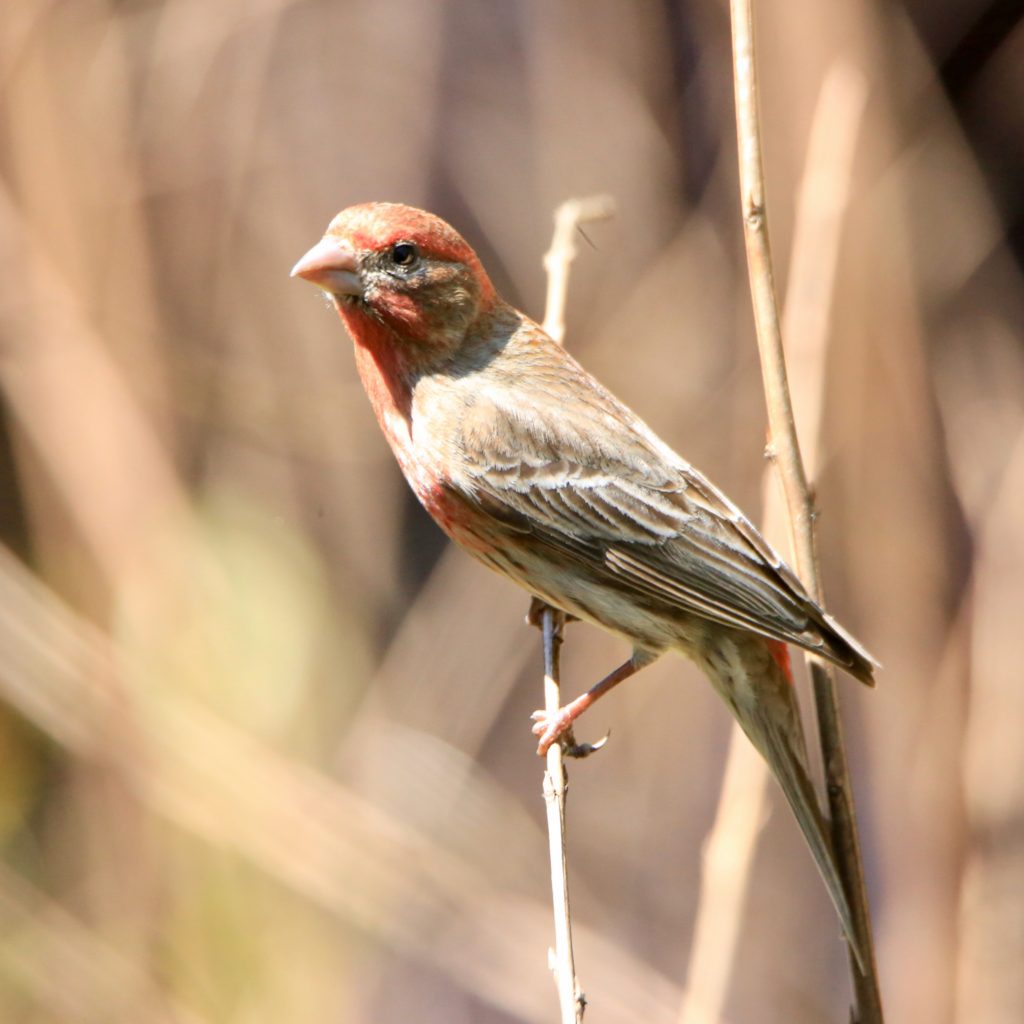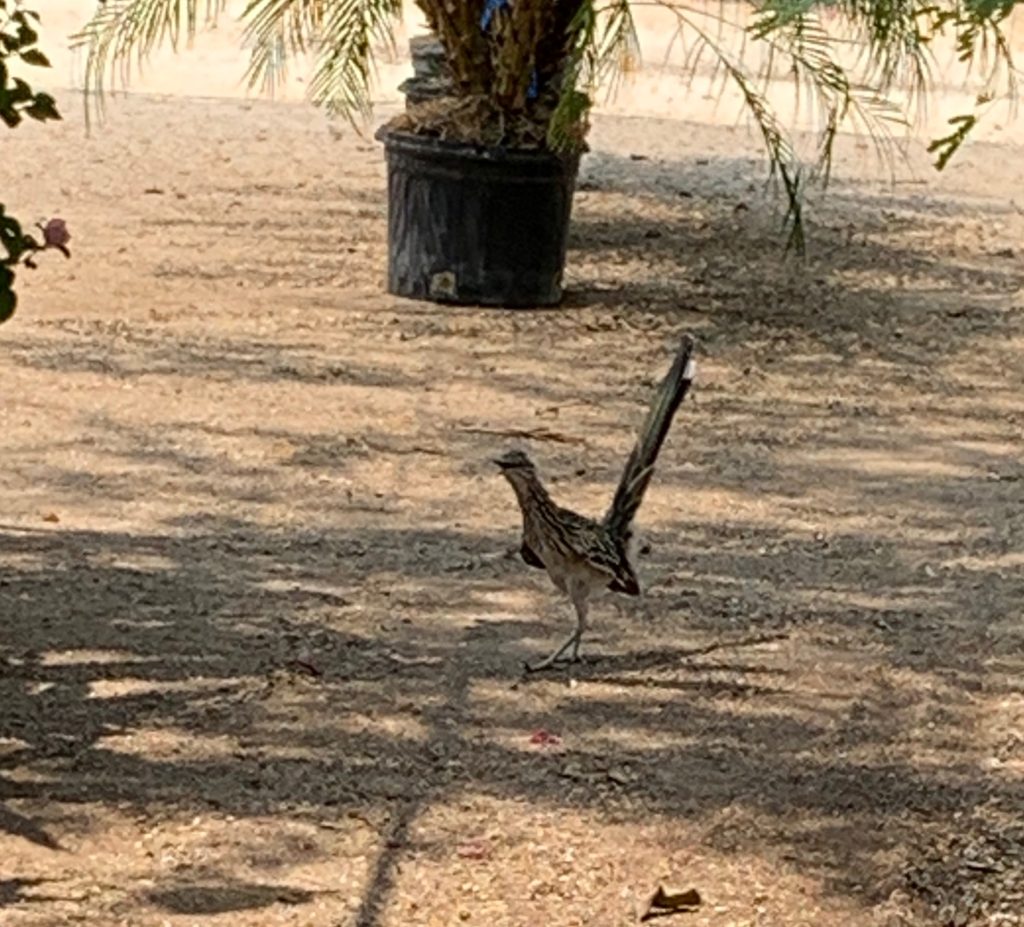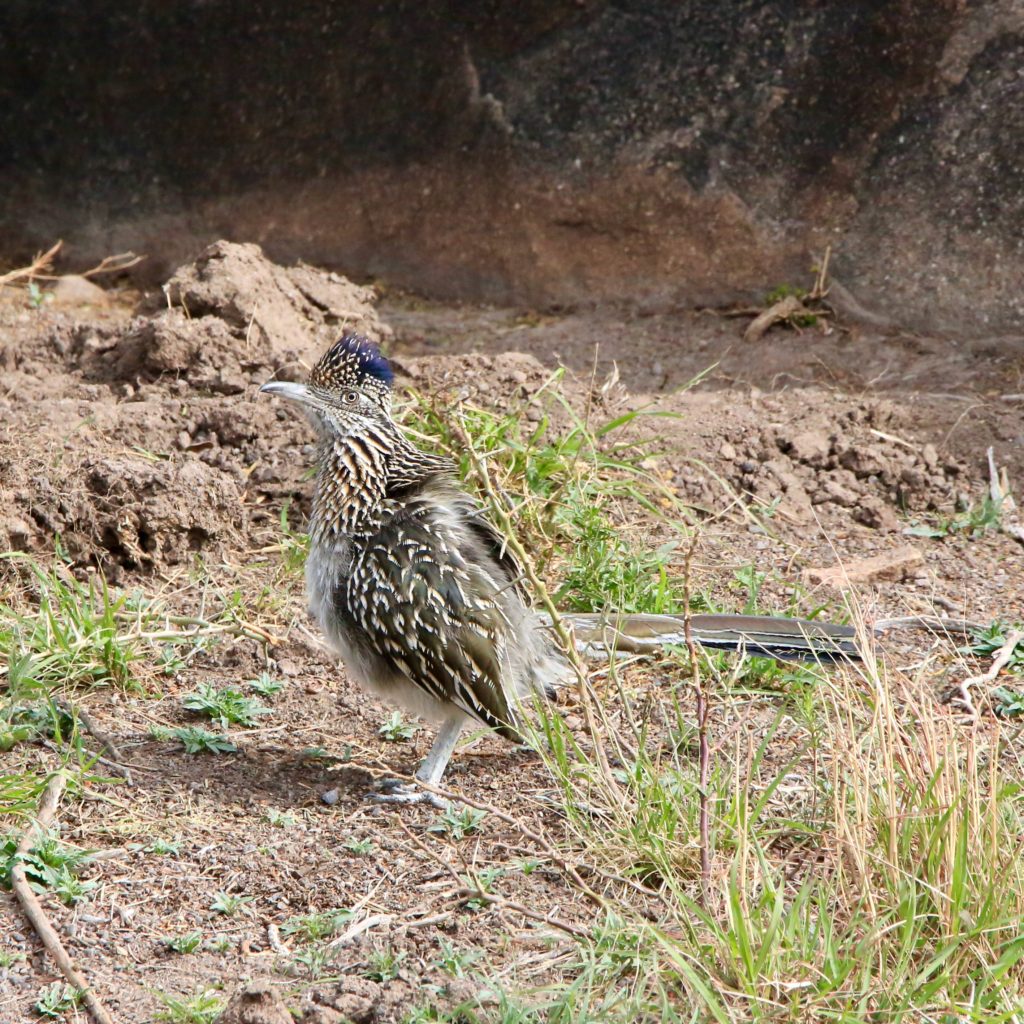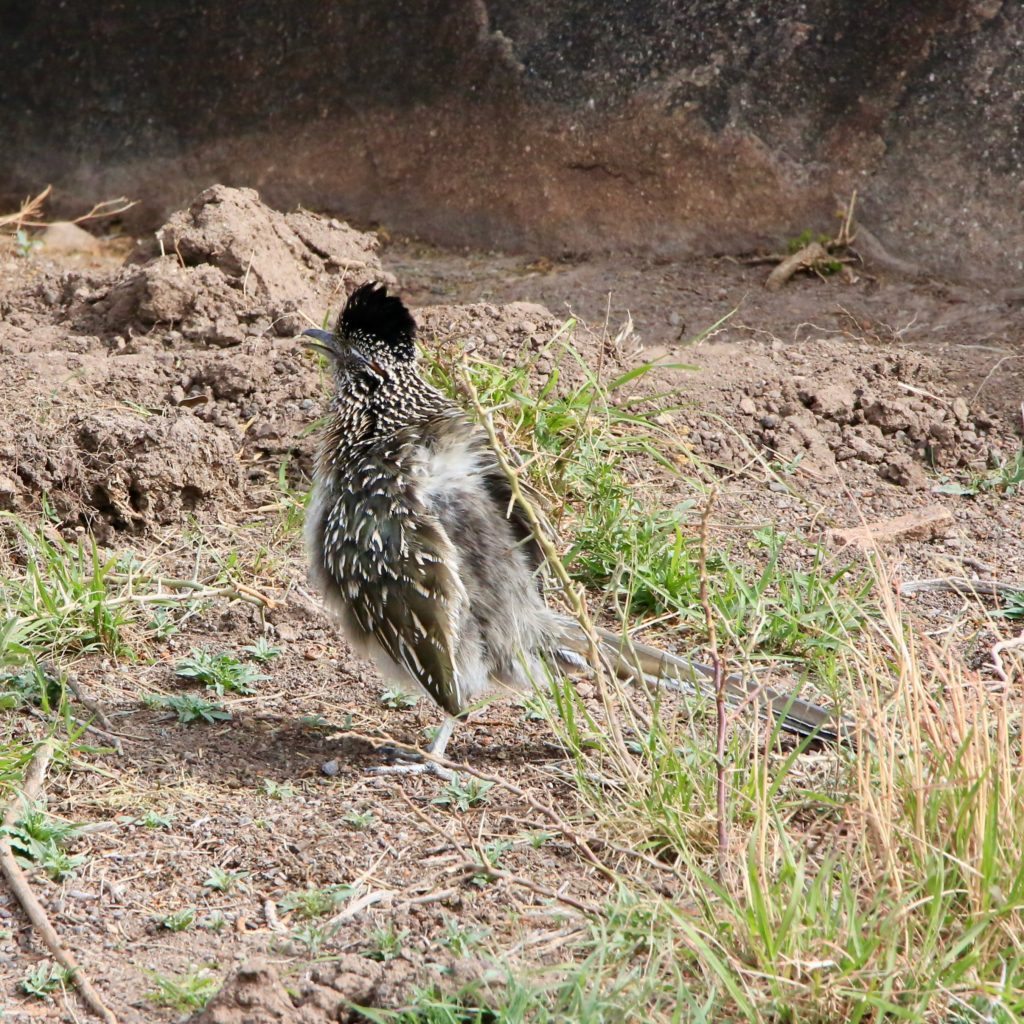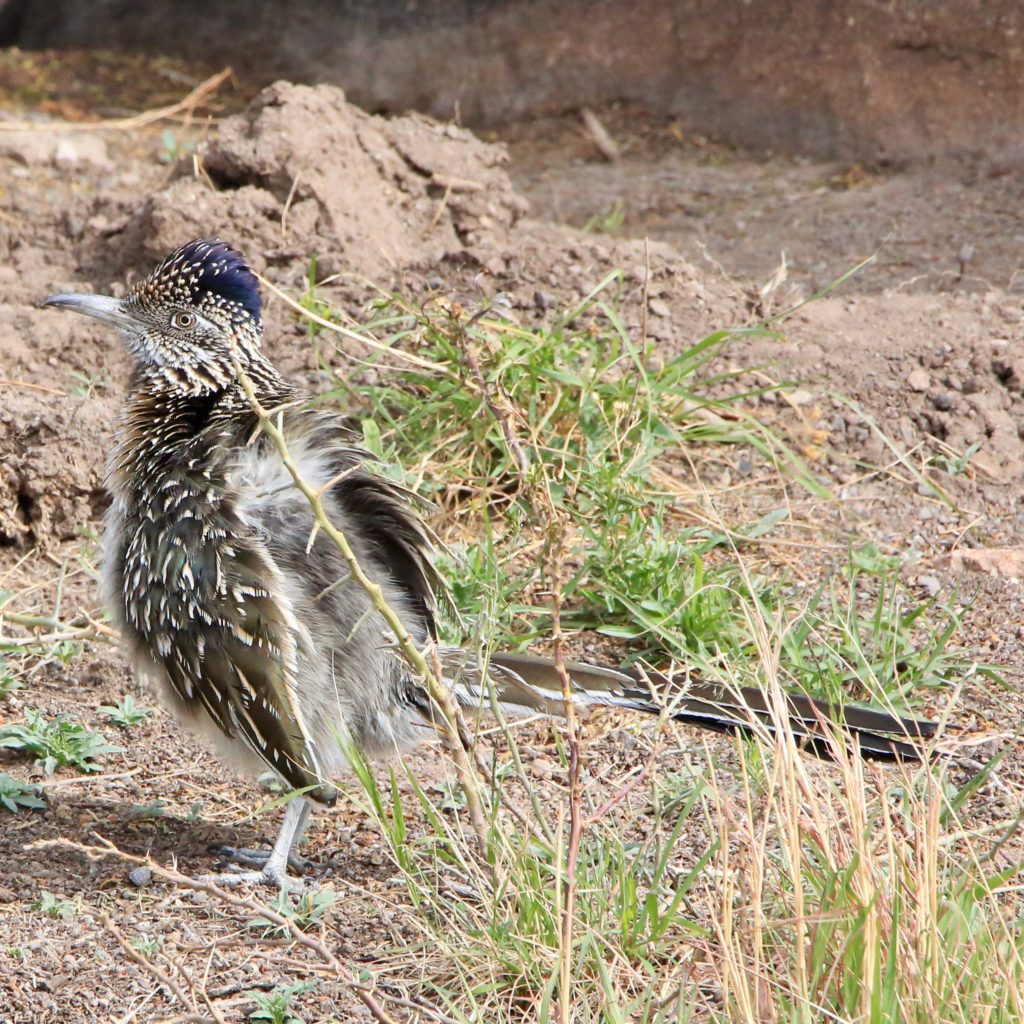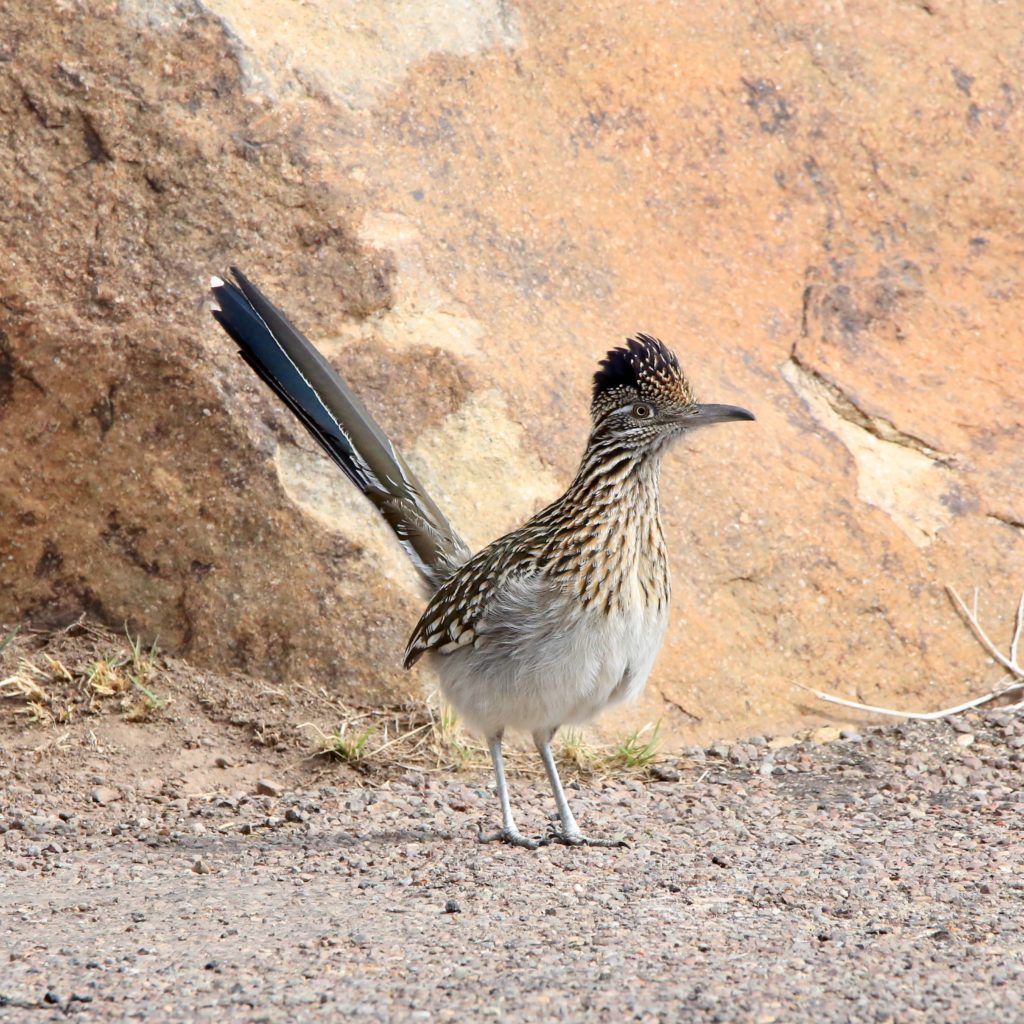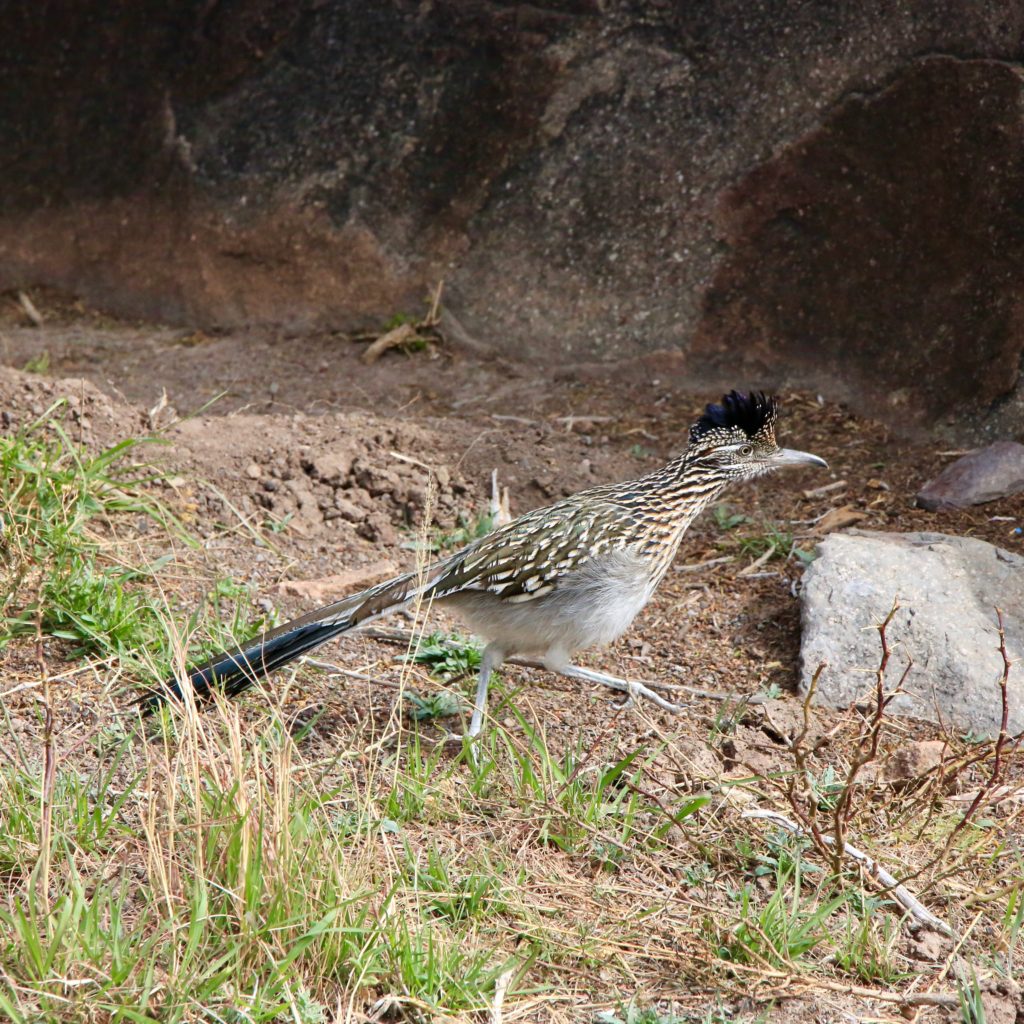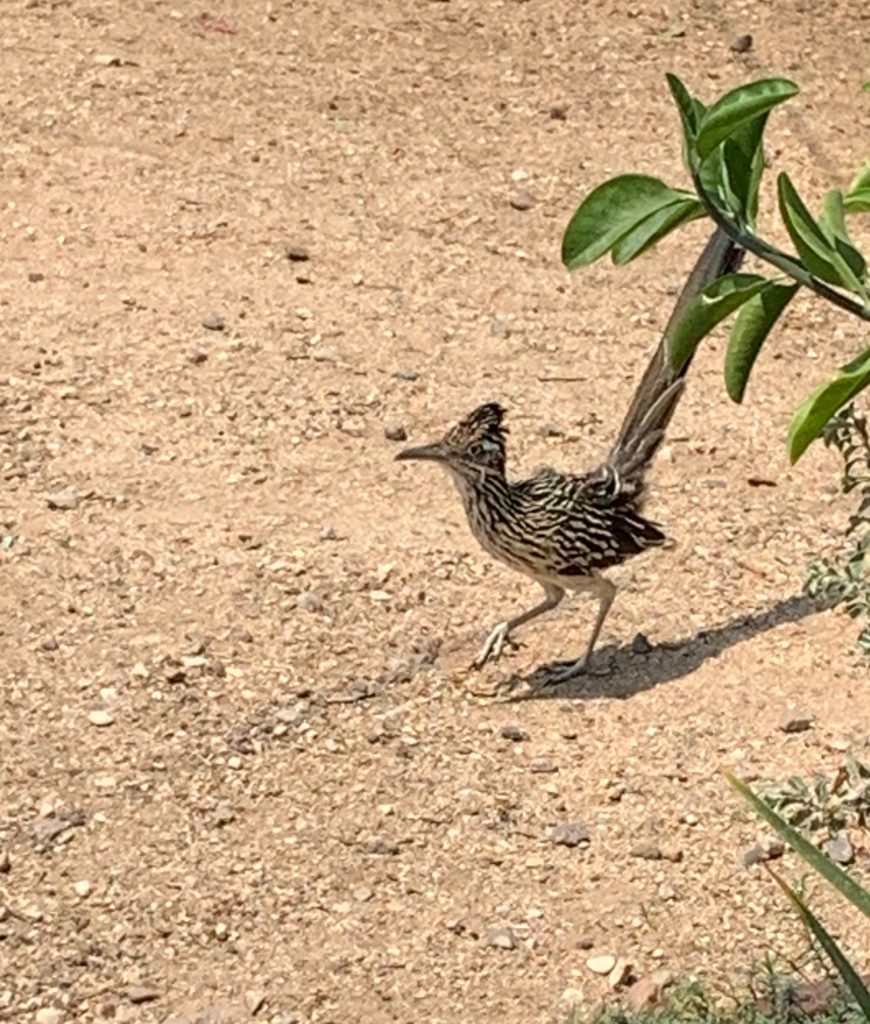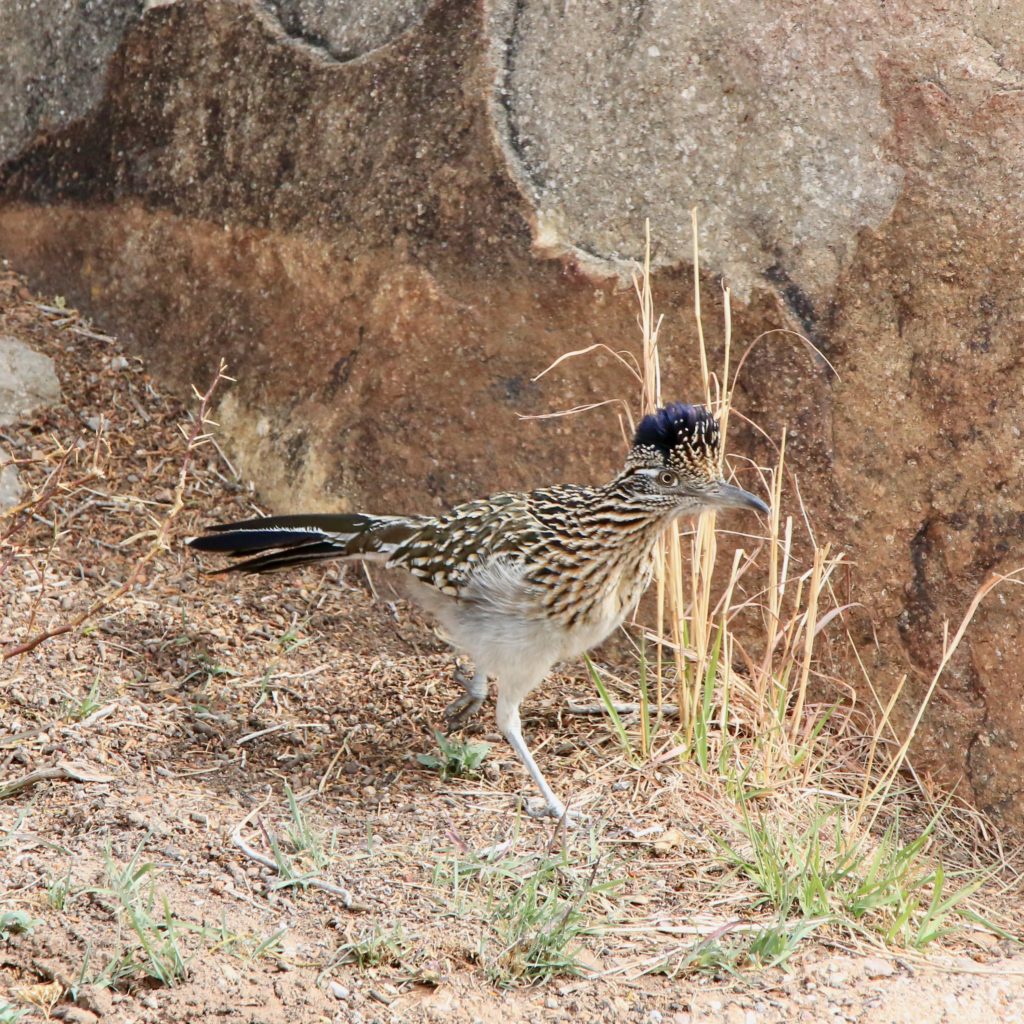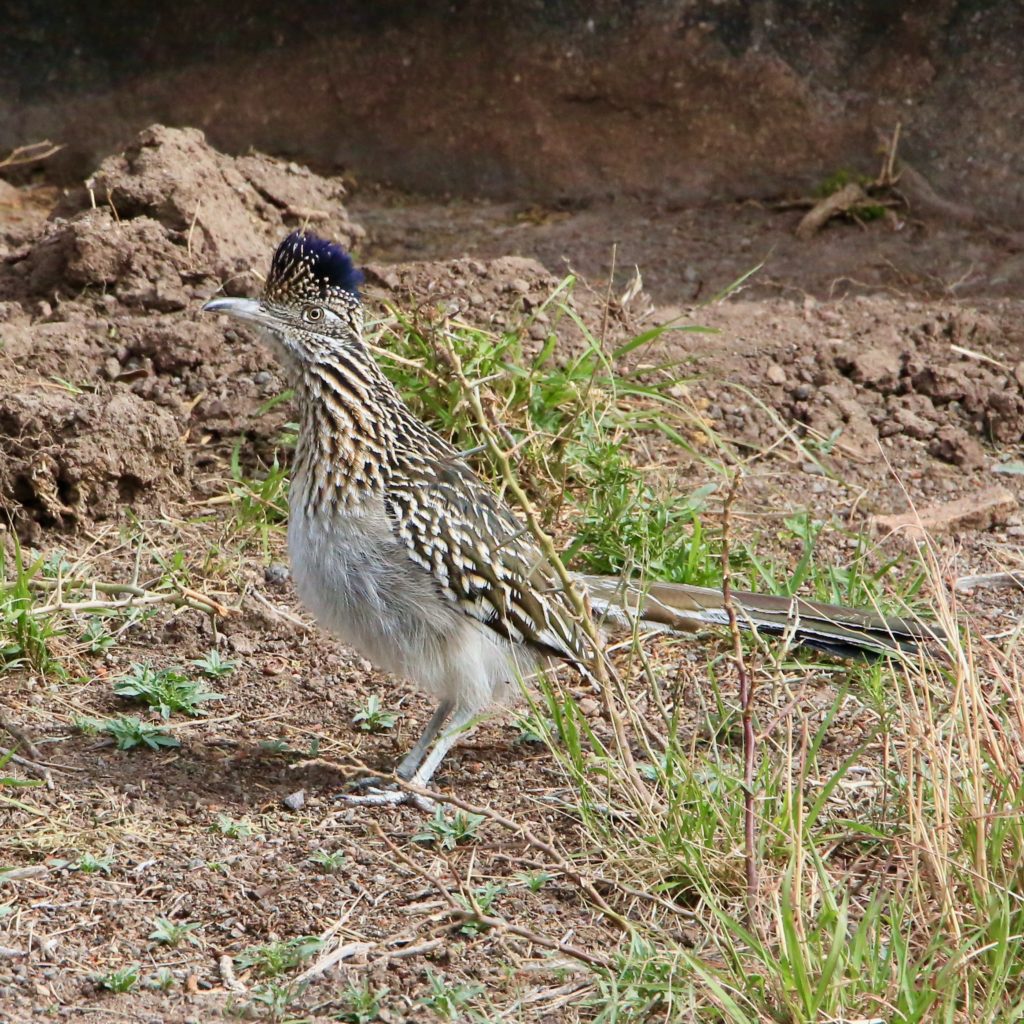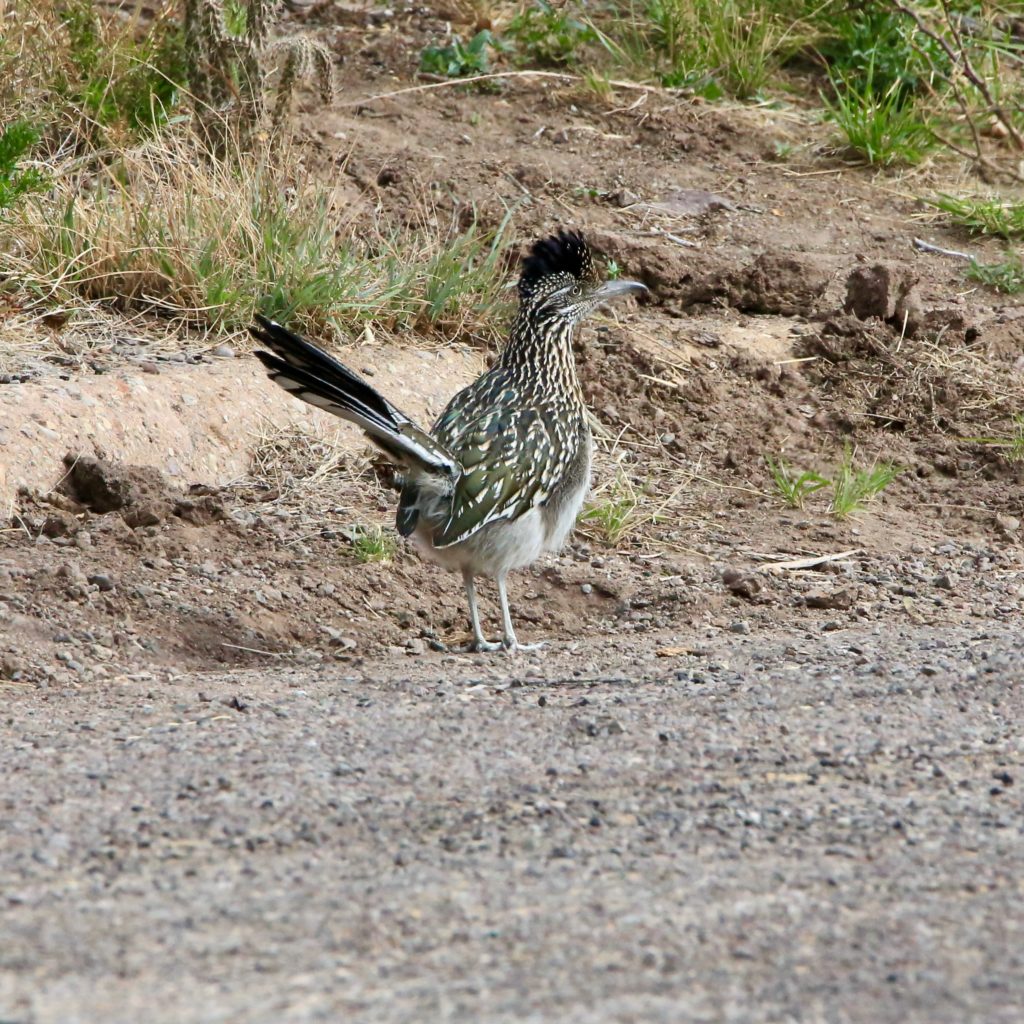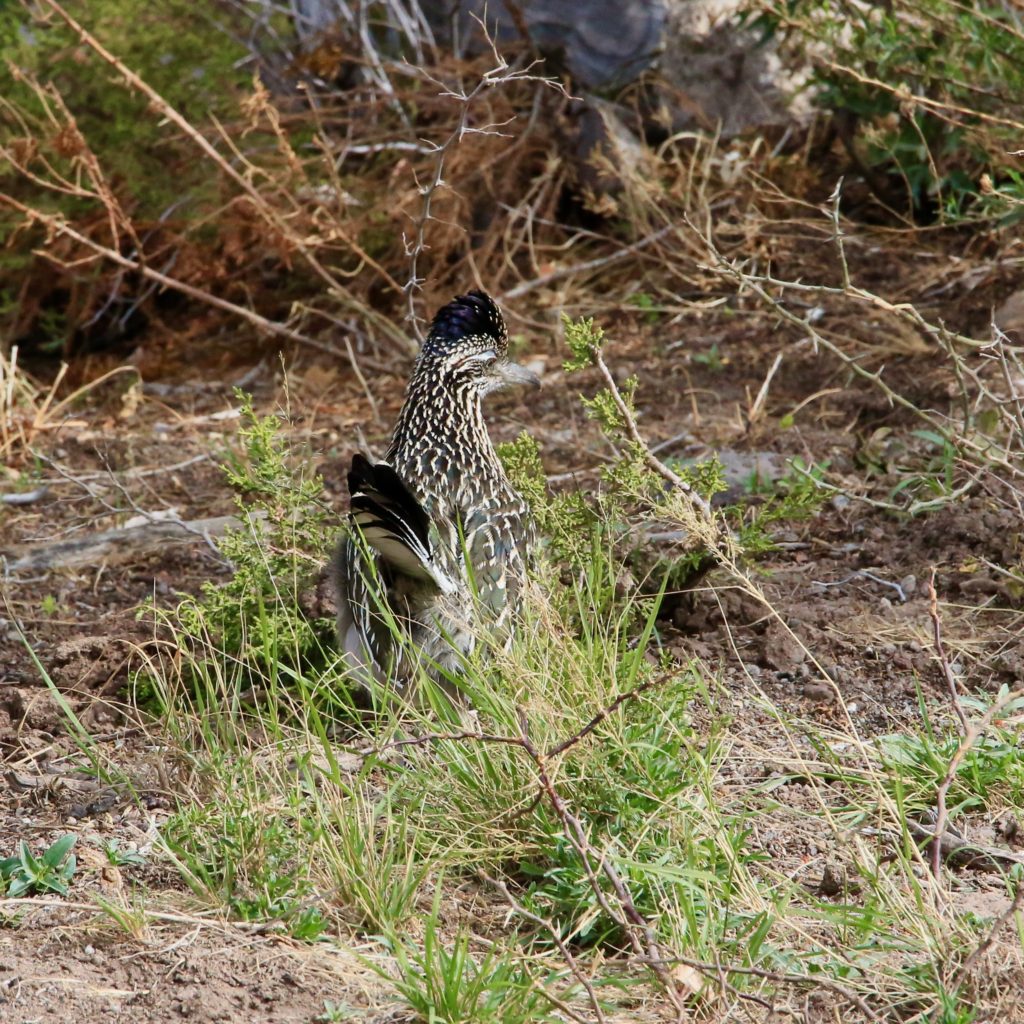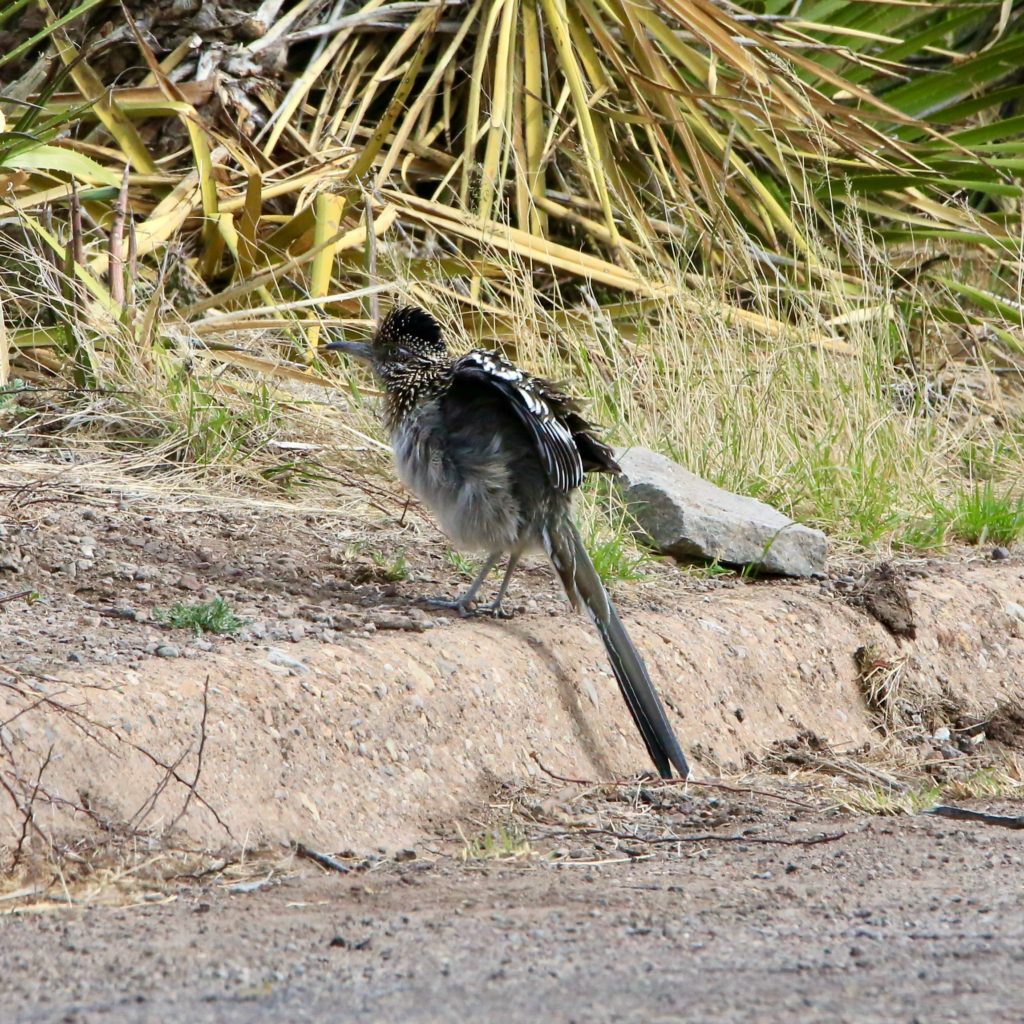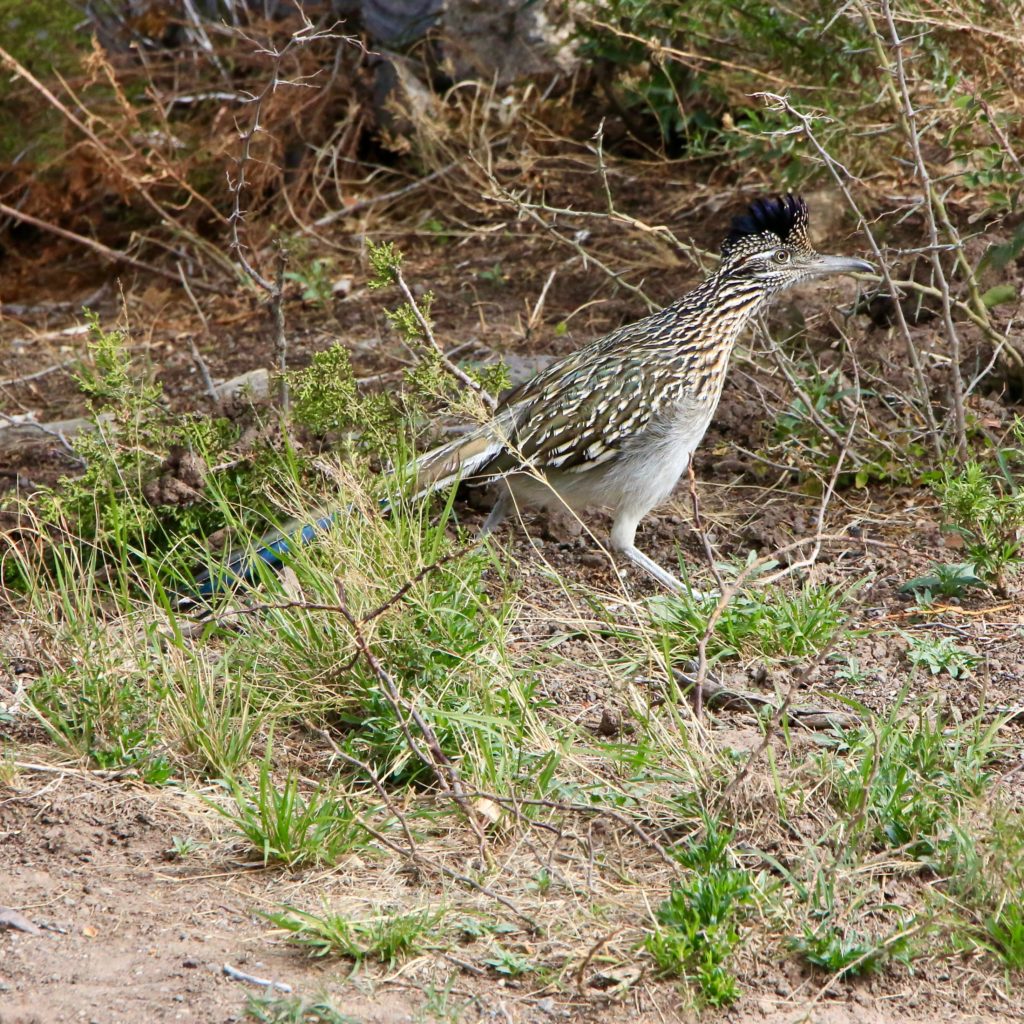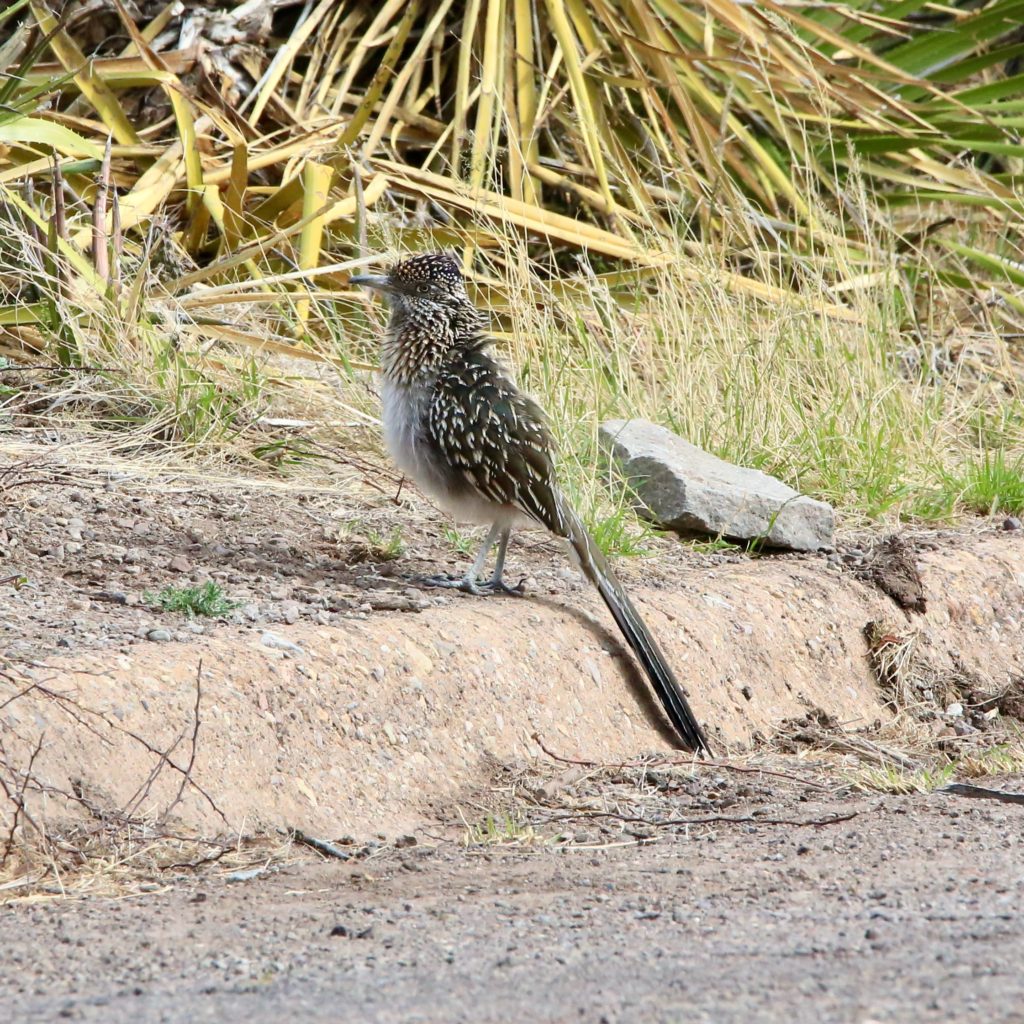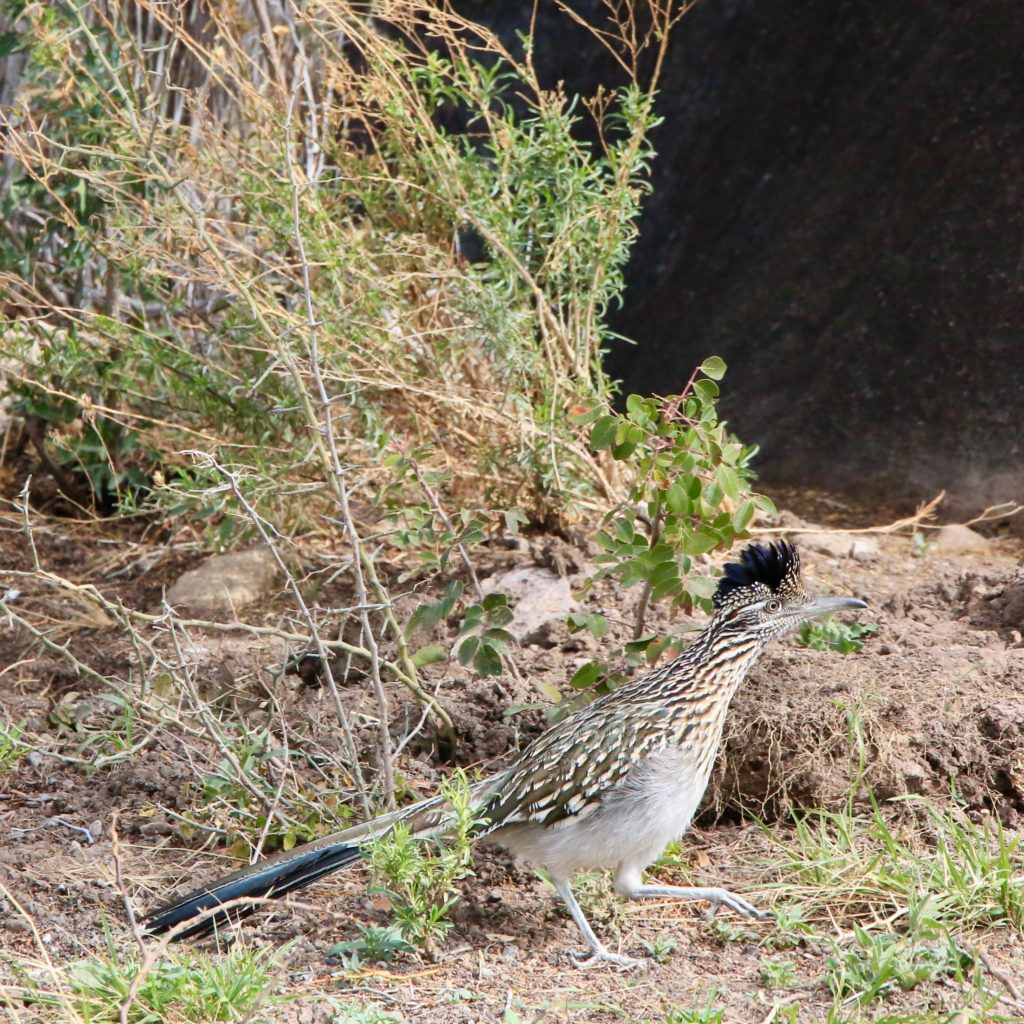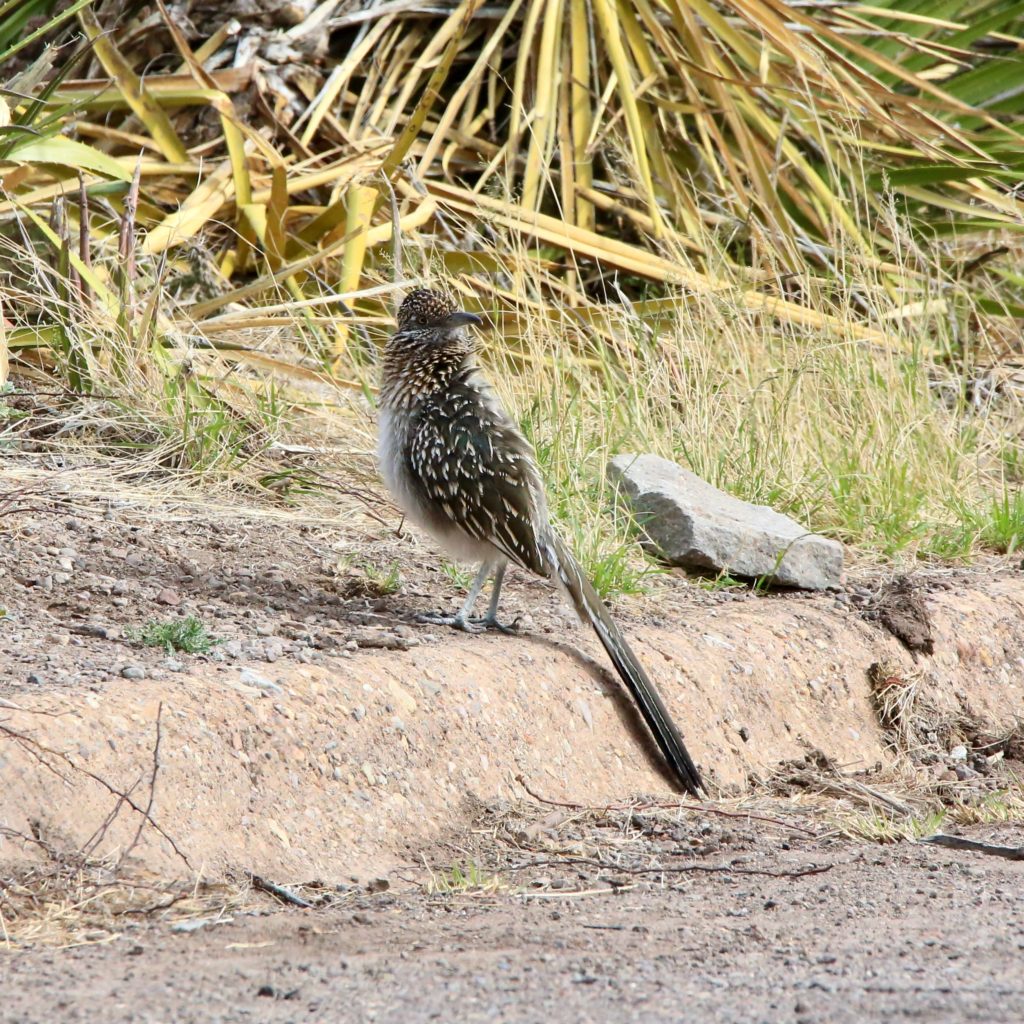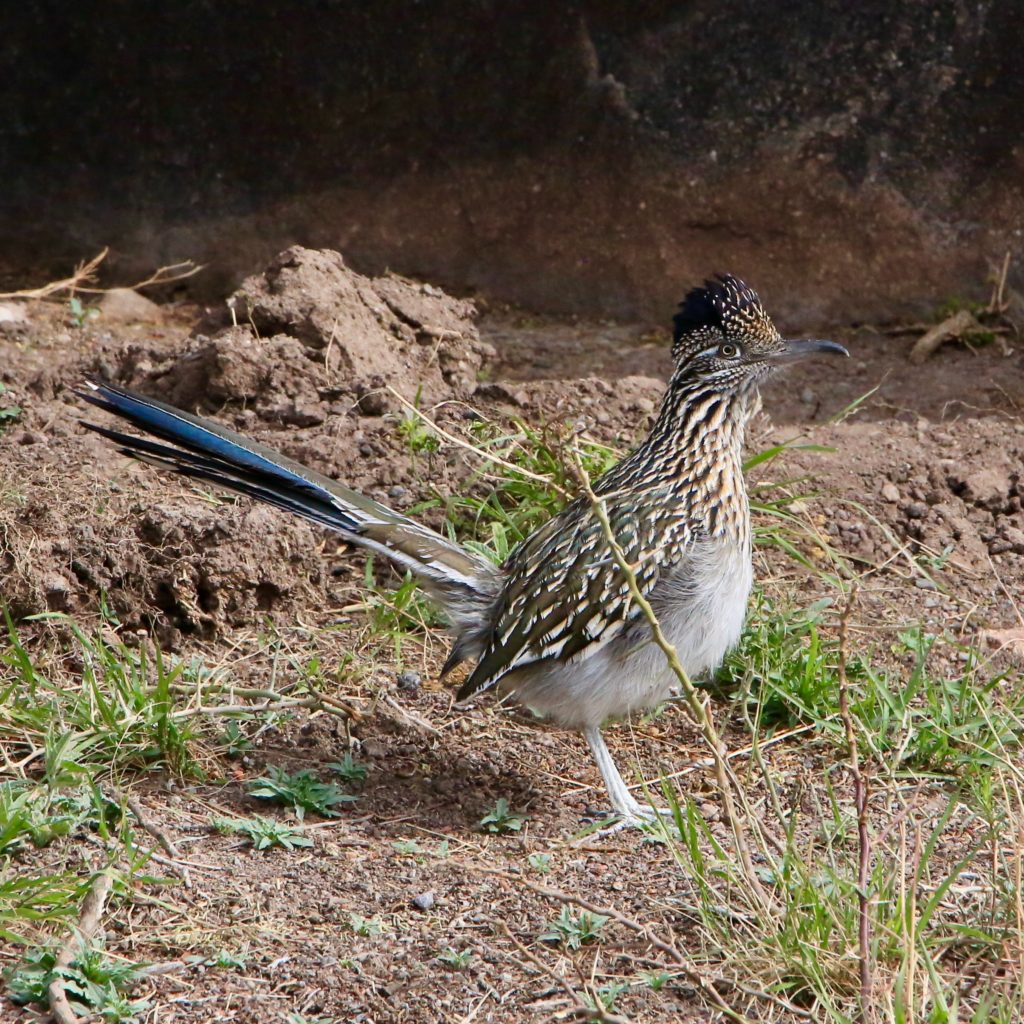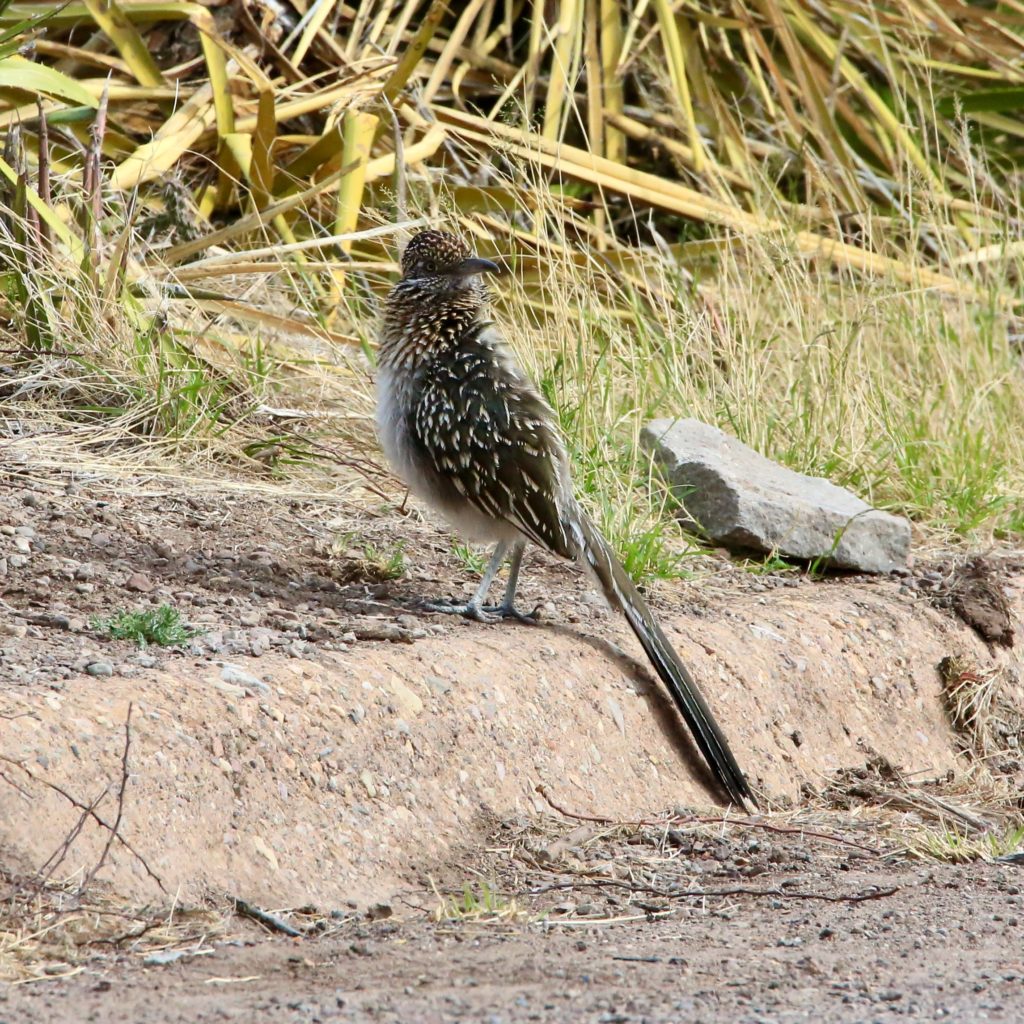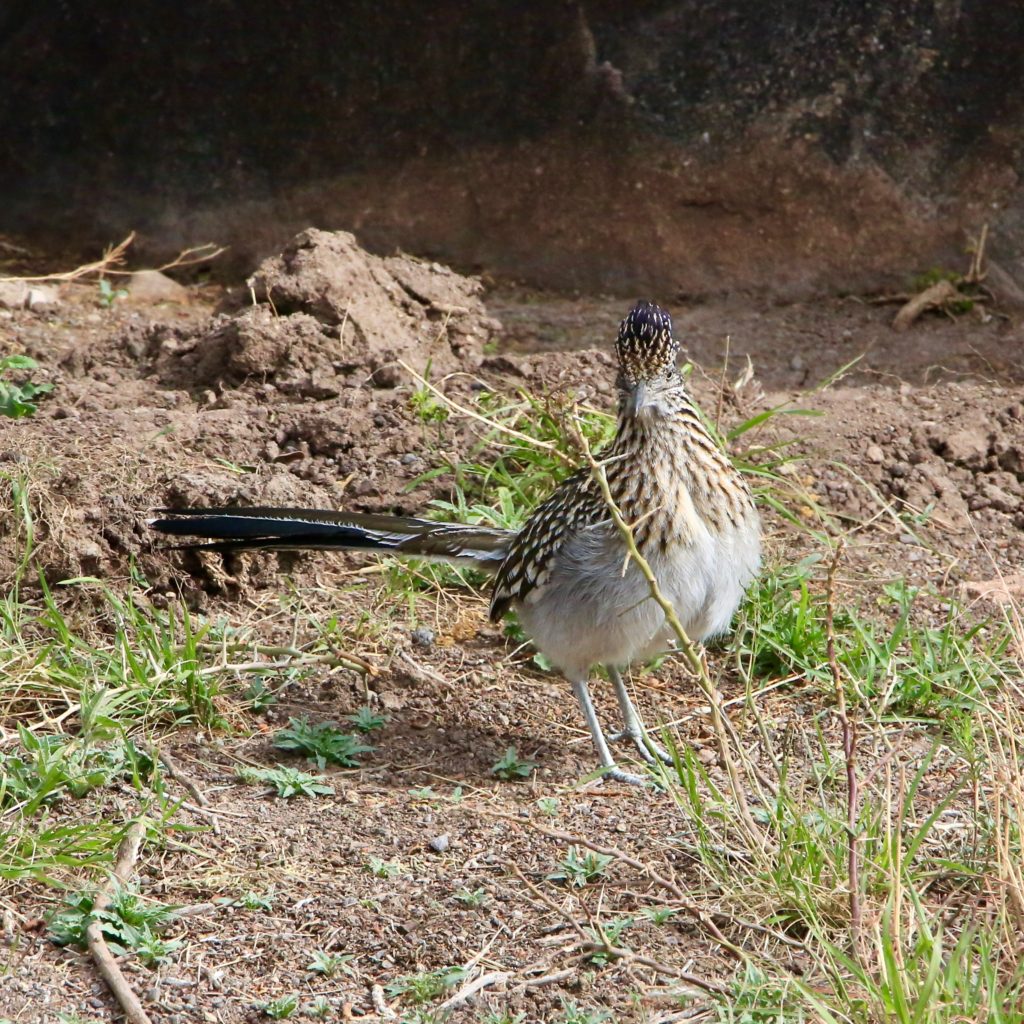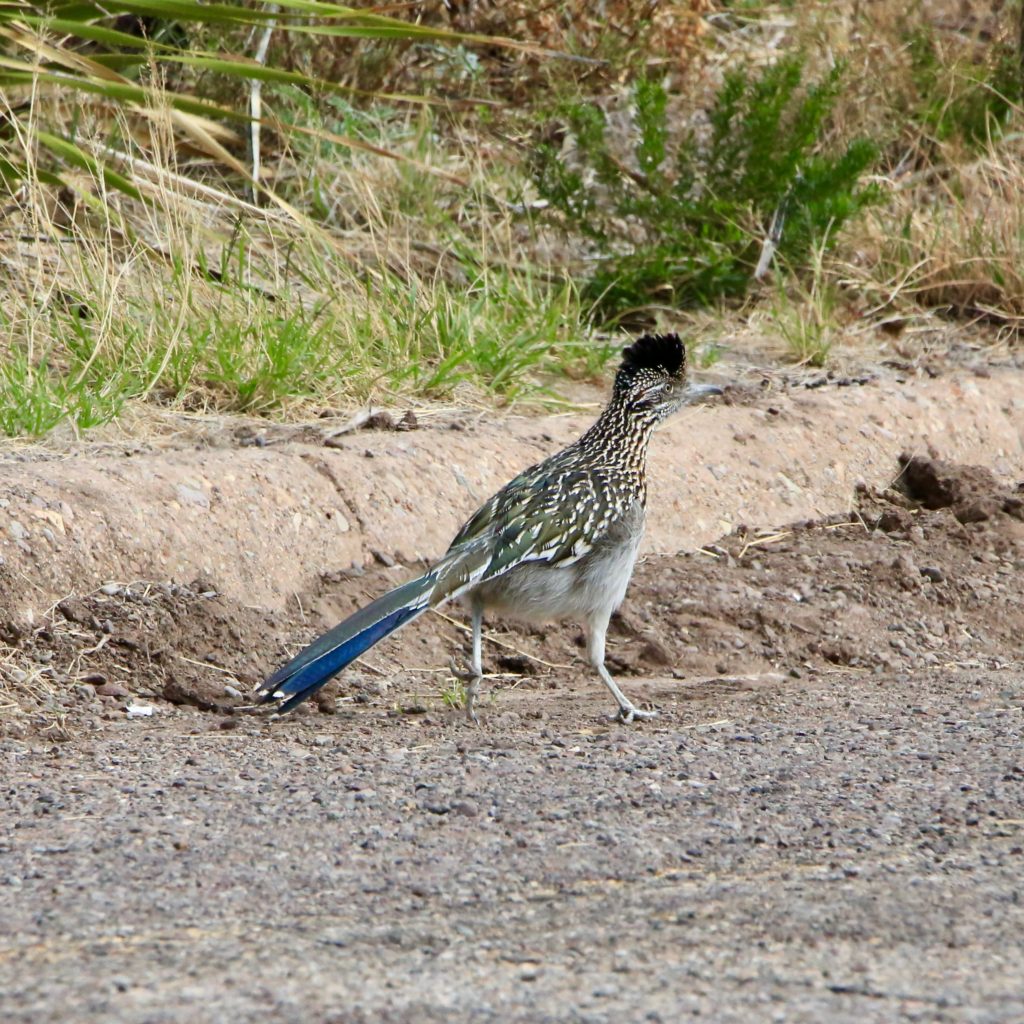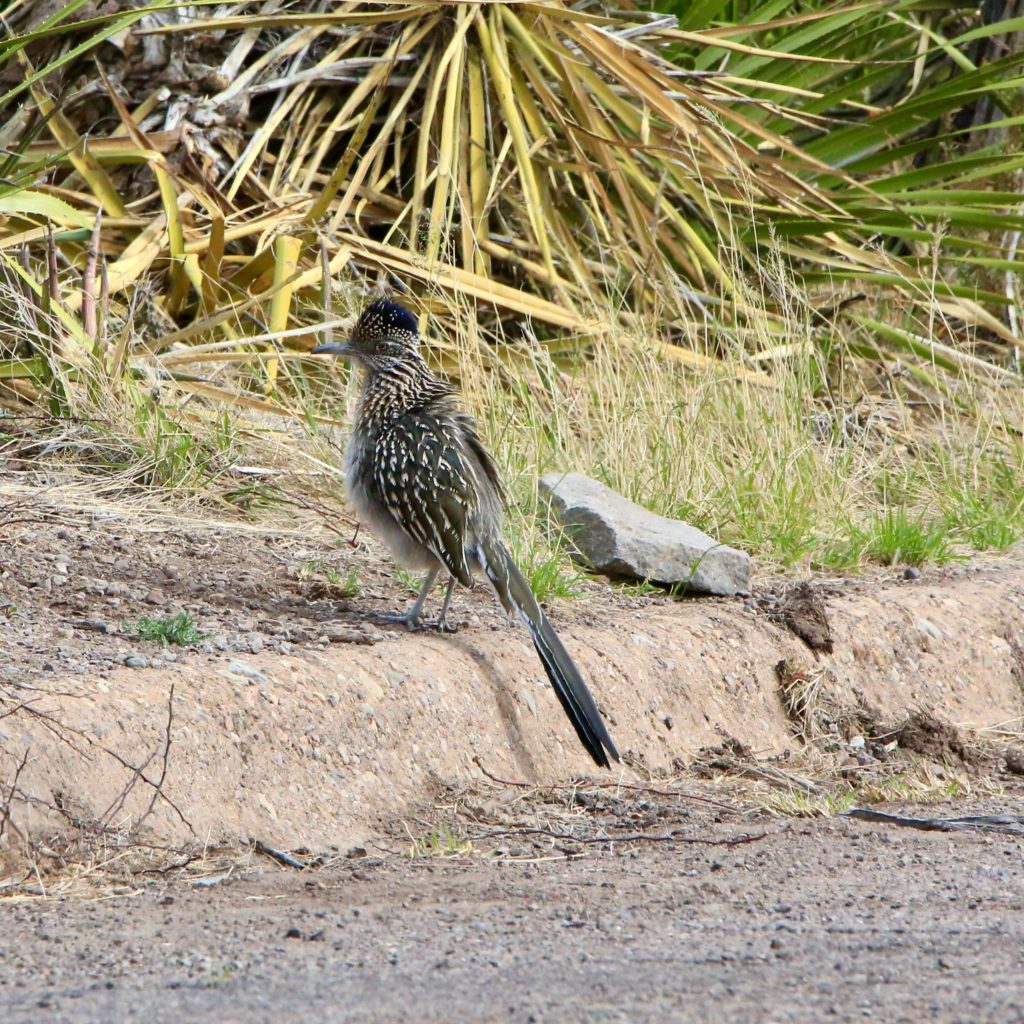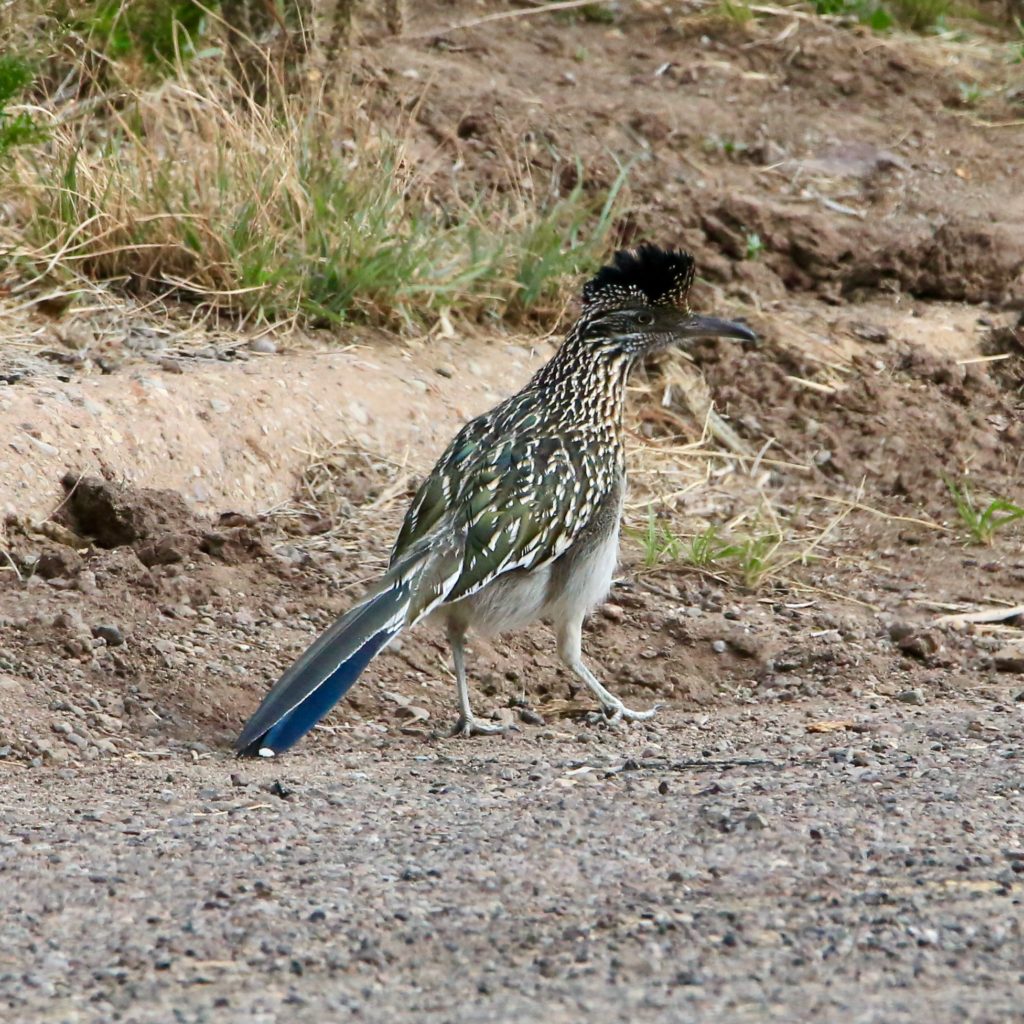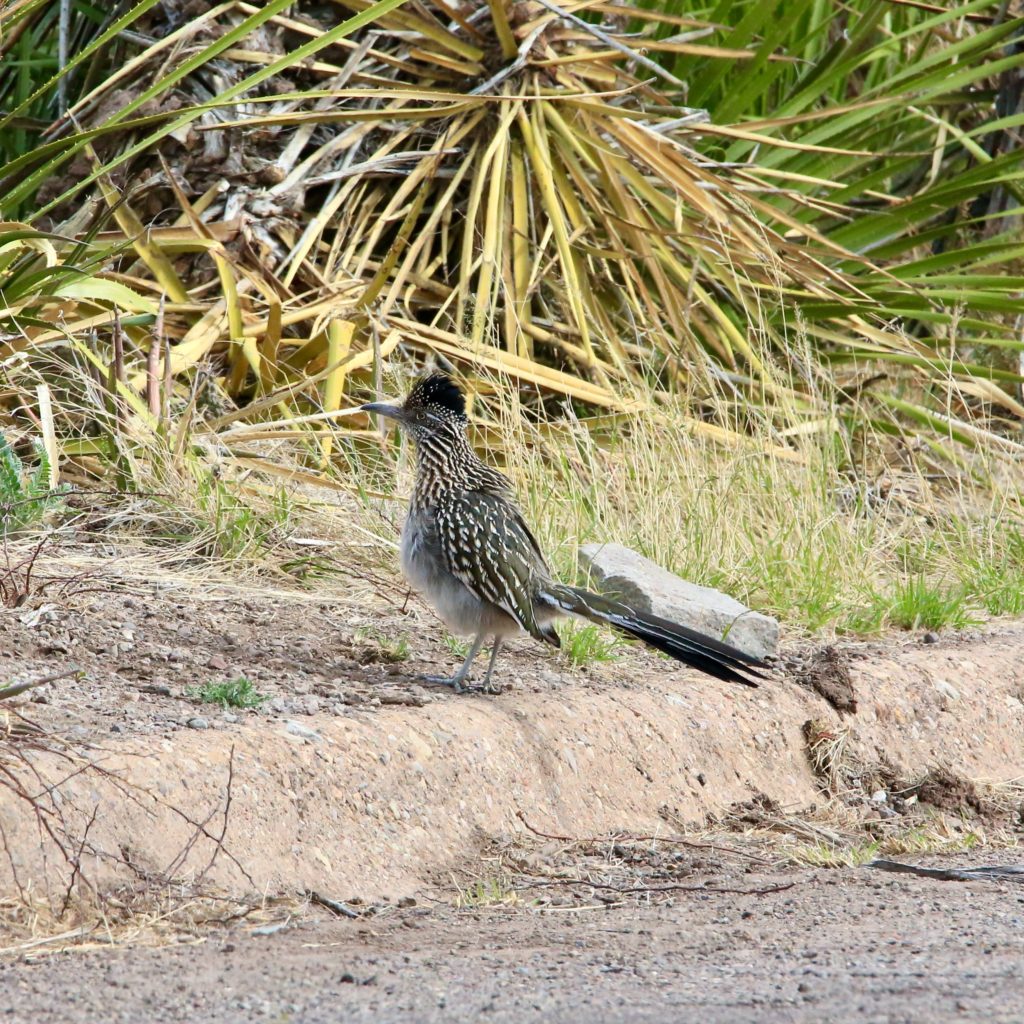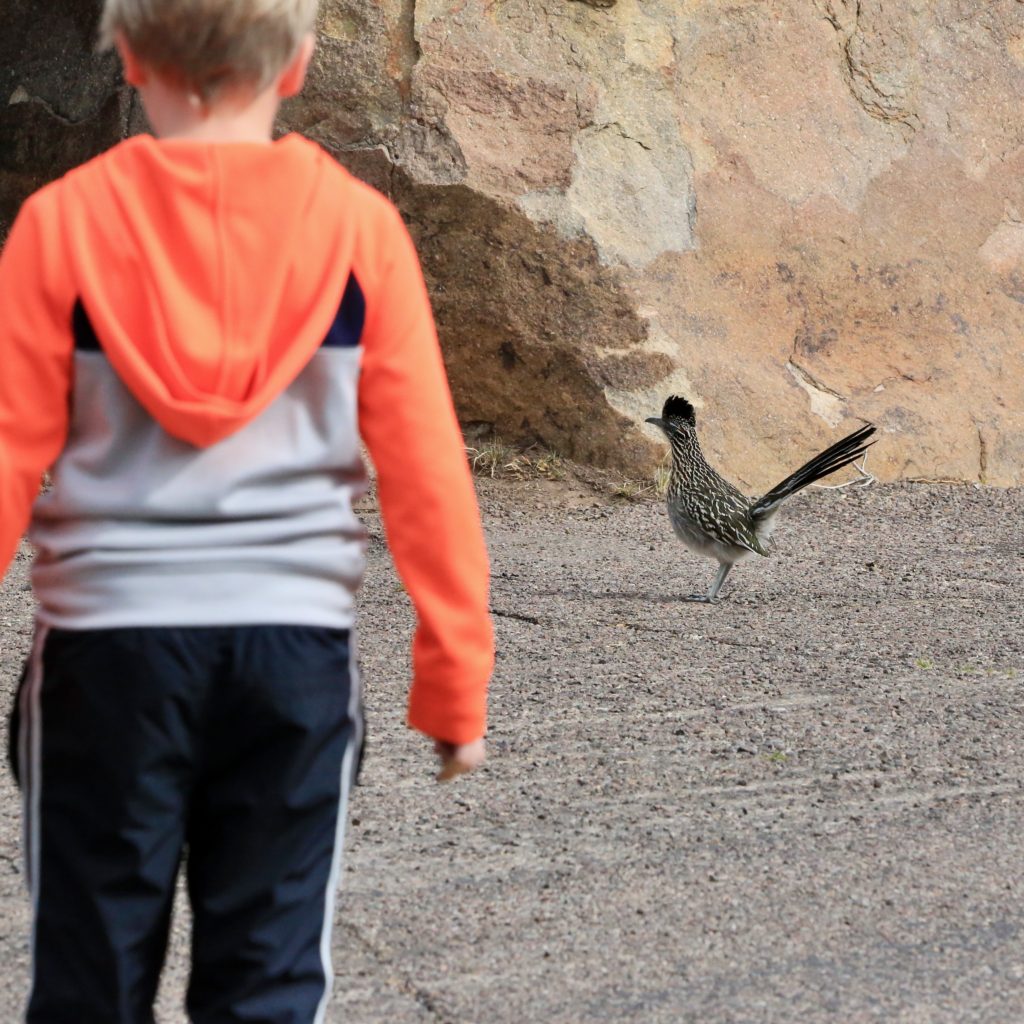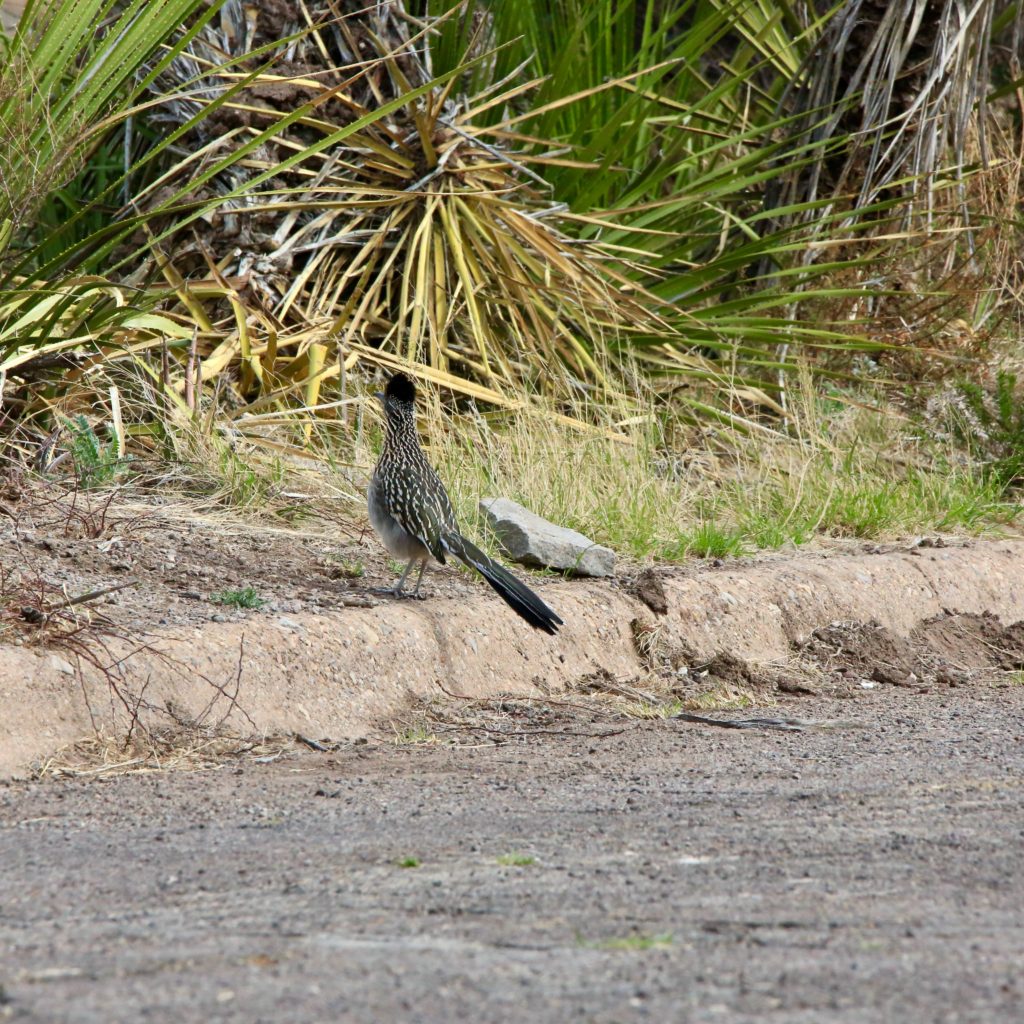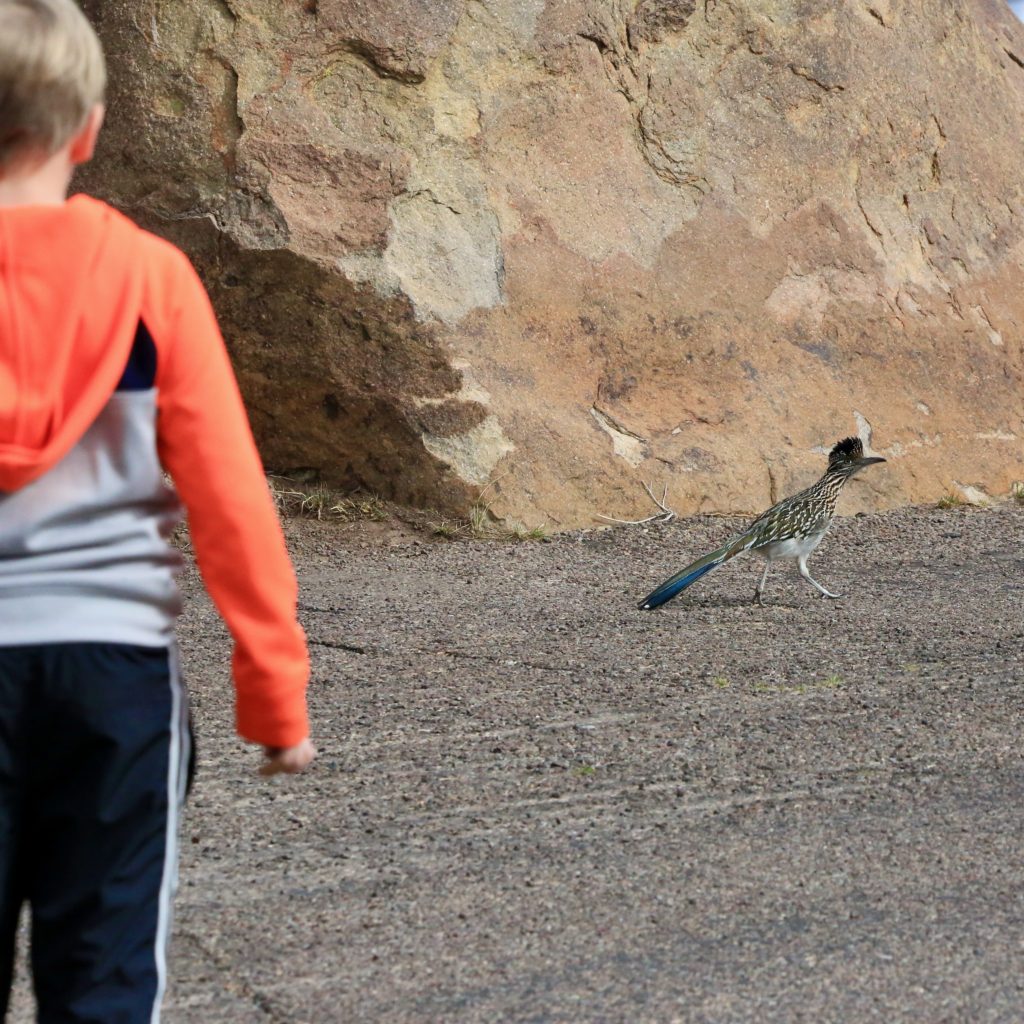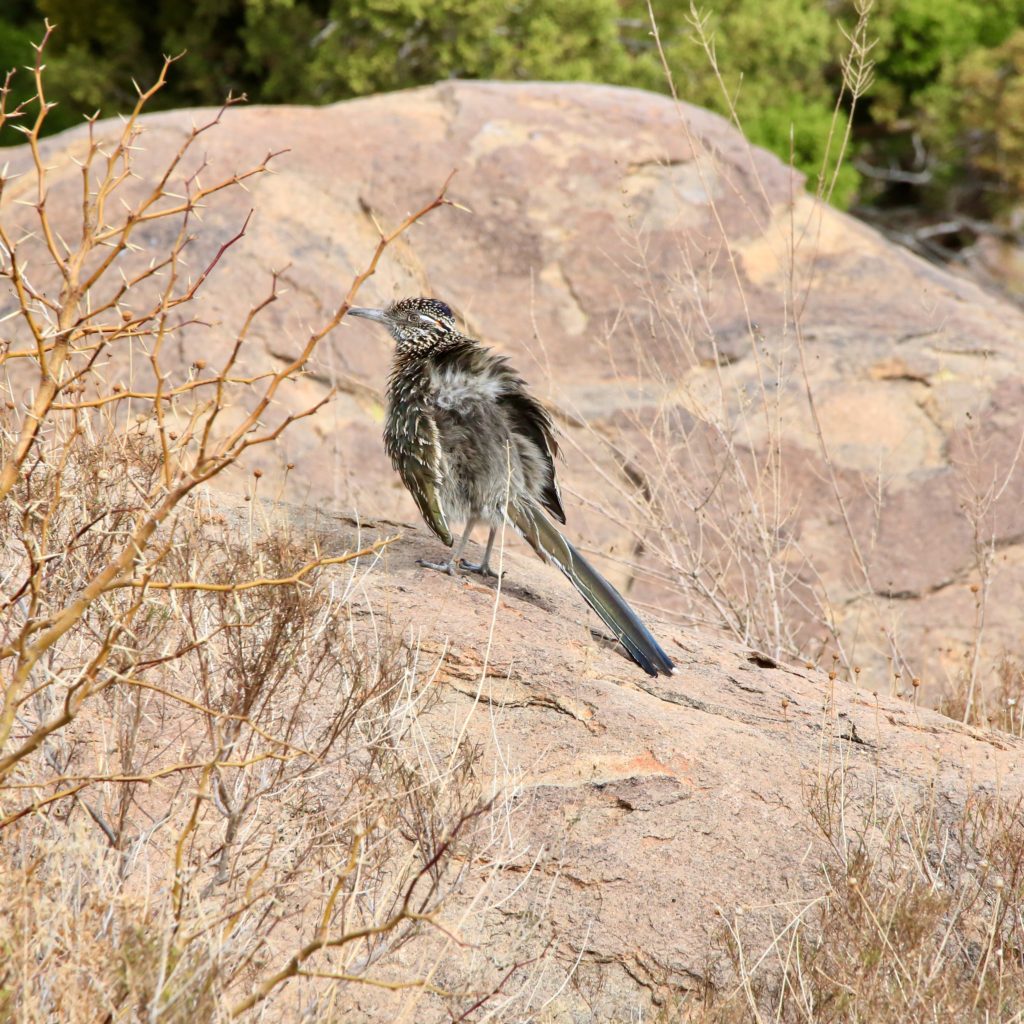
Bird Watching at Petrified Forest National Park
Share
Located in northeastern Arizona, in Navajo and Apache counties, lies the Petrified Forest National Park. The park was designated as a national monument in 1906 to preserve and protect the large concentration of petrified wood for its scientific value. Named after its central feature, the park covers about 346 square miles, including a semi-desert shrub-steppe and highly eroded and colorful badlands. The northern regions extend into the Painted Desert. The site was named a national park in 1962 and is now recognized for its extensive fossil collection of the Late Triassic paleo-ecosystem, historical significance, clear night skies, frail grasslands, and breathtaking vistas.
Major Attractions at Petrified Forest National Park
Petrified Forest National Park is known for its fossils, mainly the reminiscents of the fallen trees that thrived in the Late Triassic Epoch, about 225 million years ago. The soil containing fragments of these fossil logs form a part of the colorful Chinle Formation from where the Painted Desert originated. Besides the historic petrified logs found inside the park, other fossils include Late Triassic ferns, cycads, ginkgoes, and several plants remains as well. Evidence of
giant reptiles called phytosaurs, large amphibians, and early dinosaurs have also been dug up.
Like most significant sites along the Colorado Plateau, Petrified Forest National Park is a prime location with rich Native American history. The best example of this is the ruins of ancestral Puebloan homes called the Puerco Pueblo. The national park also gives access to many outdoor activities and the best facilities to enjoy them. Many designated hiking trails range the park's length, stretching from a half-mile to up to three miles long. Travel into the Petrified
Forest National Wilderness Area on the back of a horse, donkey, mule, or llama or go on a backpacking trip through the park.
GET KIDS BIRD WATCHING
Bird Watching at Petrified Forest National Park
The temperature of the arid grasslands of the Petrified Forest National Park ranges from below freezing to above 100°F. This climate offers a unique habitat for southwestern birds, including raptors, songbirds, and warblers. Like many other national parks, the Petrified Forest protects wildlife and is home to both resident and migratory bird species.
The park contains a rich cottonwood or willow riparian corridor that runs the Rio Puerco, several acres of grassland and shrublands, juniper woodlands on the mesa top, and smaller urban habitats that house over 258 bird species. Year-round residents easily identified include Common Raven, House Finch, Greater Roadrunner, Horned Lark, and Red-tailed Hawk and winter residents like Dark-eyed Junco, Mountain Bluebird, and White-crowned Sparrow. The
common summer birds are Barn Swallow, Black-headed Grosbeak, Burrowing Owl, and Lark Sparrow. Large trees scattered across the park entrance attract flocks of migrant land birds. The Puerco River regions such as Newspaper Rock and Puerco Pueblo welcome migrating and breeding songbird species.
10 Birds to See at Petrified Forest National Park
House Finch
House Finches have a bright red head and chest. They live all throughout North America. Their population is steady but declined some due to sickness. They make their homes near farms, canyons, and suburbs. They like to eat sunflower seeds, berries, and buds. House Finches sing a lot and like to be around other birds. They lay 4 to 5 eggs at a time and build their nests out of grass, twigs, leaves, and sometimes string and feathers. House Finches migrate in flocks by day.
Greater Roadrunner
Greater Roadrunners have a dark brown body with a deep blue-black crest. They can grow to be two feet tall. They can be hard to find as they travel in the open country and desert of the southwest. Greater Roadrunner’s population has declined, but they are not at risk of being endangered. They make their homes in the desert and near scattered brush. Greater Roadrunners are born to run and can outrun a human! They eat insects, rodents, birds, and reptiles. They lay 3 to 5 eggs and defend their nesting area all year long. Their nests are built from leaves, sticks, feathers, snakeskin, and sometimes pieces of manure. Greater Roadrunners are not migratory birds.
Horned Lark
Horned Larks are brown with a yellow and black face and small black “horns” made of feathers. You can find them throughout North America. There has been a decline in their population, but they are stable and not at risk of being endangered. Horned Larks live in large, empty fields, and deserts. They are ground birds, where they feed on seeds and insects. They lay 3 or 4 eggs in an open nest on the ground. While some Horned Larks are permanent residents in their area, the Horned Larks found in the north migrate south.
Red-tailed Hawk
Red-tailed Hawks have wide, round wings, and a short red tail. They are the most common Hawk throughout North America. Their population is steady with some recent increases. Red-tailed Hawks live in open fields, prairie groves, and mountains. These birds perch up high to look for their prey. They eat small animals like rabbits and voles. They lay 2 to 3 eggs in nests 120 feet high in trees. Their nests are made with sticks and shaped like a big bowl. Red-tailed Hawks residing in the north migrate south; however, those already in the south are permanent residents.






